15 Energizing Whole Grains You Should Add to Your Diet
Looking for a natural way to boost your energy levels throughout the day? Whole grains are packed with fiber and complex carbohydrates, making them the perfect addition to your diet. They provide a steady release of energy, help keep you fuller for longer, and support overall health. Adding these nutrient-dense grains to your meals can help you maintain energy, stay focused, and feel your best.
This post may contain affiliate links, which helps keep this content free. Please read our disclosure for more info.
Oats
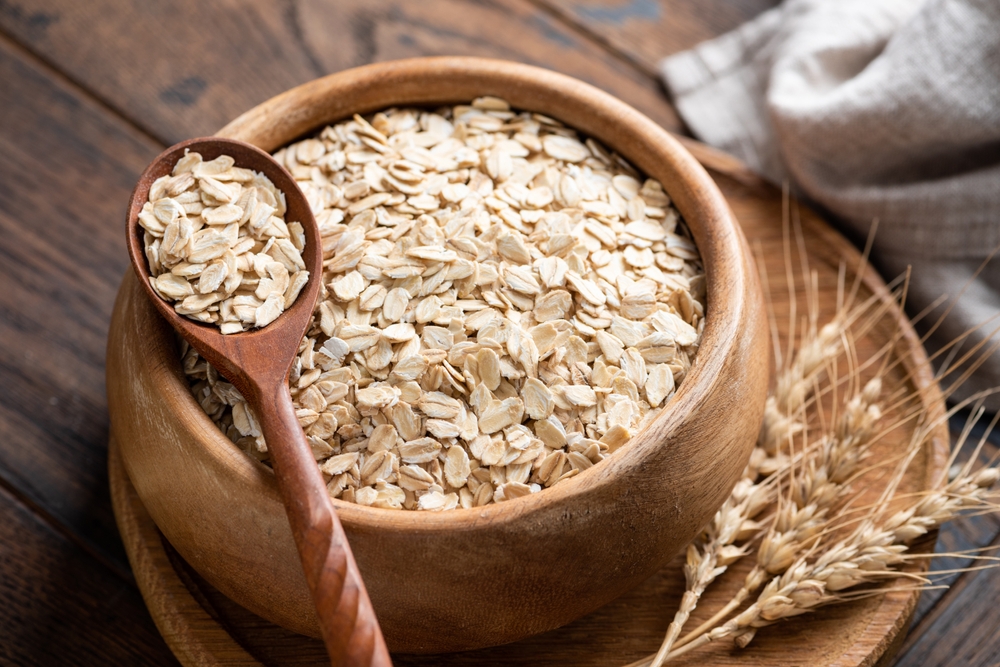
Oats are an excellent whole grain for providing a steady release of energy. The soluble fiber found in oats, particularly beta-glucan, slows down the digestion of carbohydrates, helping to stabilize blood sugar levels. This slow absorption of nutrients prevents sudden energy crashes and helps keep you feeling full for a longer period. A bowl of oatmeal in the morning is a great way to kick-start your day and sustain your energy levels through the morning hours.
Additionally, oats are rich in essential nutrients, including vitamins, minerals, and antioxidants like avenanthramides, which have anti-inflammatory properties. They are a versatile option that can be used in various forms, such as overnight oats, baked goods, or smoothies. Adding oats to your diet can provide a wholesome, nutrient-dense foundation for lasting energy throughout the day.
Quinoa

Quinoa is often regarded as a supergrain because it is a complete protein, meaning it contains all nine essential amino acids necessary for the body. Its high protein and fiber content, combined with its complex carbohydrates, make quinoa an ideal whole grain for providing a gradual release of energy. Unlike refined grains, quinoa digests slowly, promoting sustained energy and helping to maintain stable blood sugar levels throughout the day.
Quinoa is also rich in important vitamins and minerals like magnesium, iron, and B vitamins, all of which play key roles in energy metabolism. Being gluten-free, quinoa is a great option for those with sensitivities or those looking for a nutritious, versatile grain that can replace rice or pasta in many dishes. Whether used as a base for salads, in soups, or as a side dish, quinoa can help you feel fuller and more energized.
Brown Rice
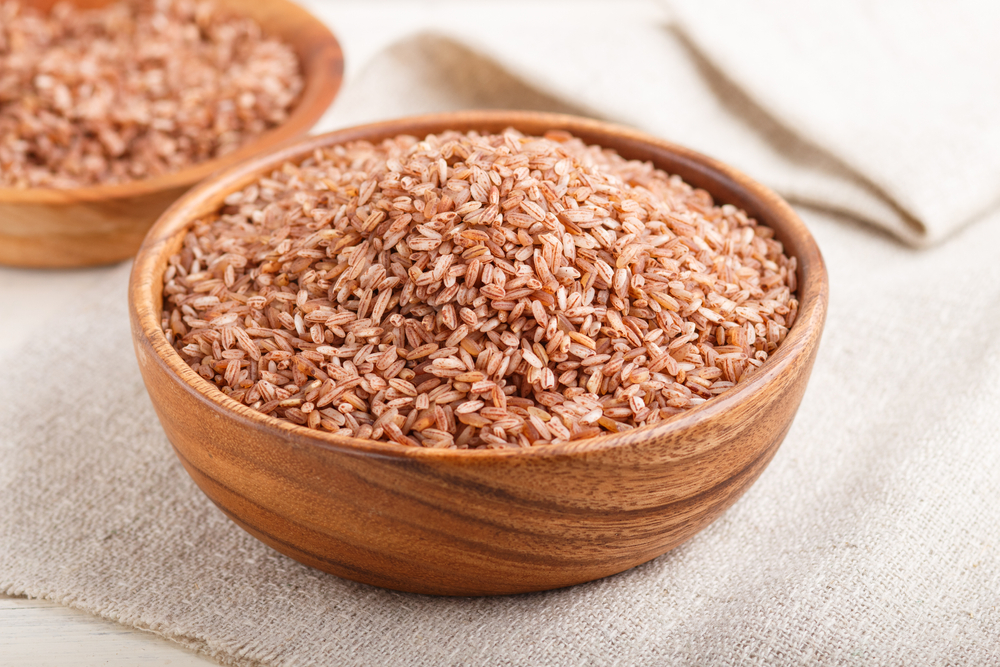
Brown rice is a whole grain that maintains its bran and germ layers, which are packed with nutrients and fiber. The fiber content in brown rice helps slow the digestion of carbohydrates, providing a gradual release of glucose into the bloodstream, which keeps energy levels consistent throughout the day. This steady supply of energy helps you stay productive and alert without the energy dips that come from consuming refined grains.
In addition to its energy-boosting properties, brown rice is rich in minerals like magnesium, which supports muscle function, and selenium, which acts as an antioxidant. Brown rice is a versatile grain that pairs well with a wide range of dishes, making it a staple in many healthy, balanced meals. Incorporating brown rice into your diet can improve overall energy levels and support better digestion.
Barley

Barley is a nutritious whole grain that is packed with soluble fiber, particularly beta-glucan, which has been shown to help control blood sugar levels. By slowing down the absorption of carbohydrates, barley ensures that energy is released at a steady pace throughout the day. This makes it an excellent choice for those seeking sustained energy while avoiding energy crashes associated with refined carbohydrates.
Barley is also a rich source of minerals like iron, magnesium, and manganese, which are vital for maintaining healthy bodily functions. Its high fiber content supports digestive health, while its low glycemic index helps keep blood sugar levels stable. Barley can be added to soups, salads, or even used as a substitute for rice in many dishes, making it a versatile grain to include in your diet for lasting energy.
Millet
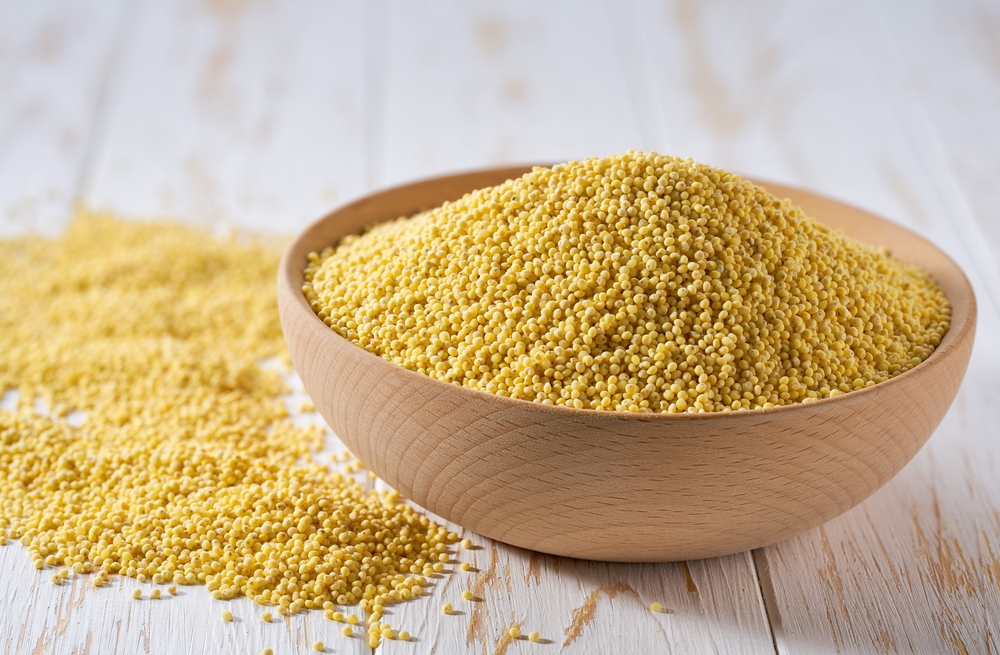
Millet is a small, gluten-free whole grain that provides a steady source of energy due to its high fiber and complex carbohydrate content. The fiber in millet helps to regulate blood sugar levels, preventing rapid spikes and crashes that can lead to energy slumps. Its slow digestion ensures a consistent release of energy throughout the day, helping to keep you feeling full and energized for longer periods.
In addition to its energy benefits, millet is rich in essential nutrients such as magnesium, phosphorus, and B vitamins. These nutrients play important roles in energy production and overall health. Millet is also a great grain for those with dietary restrictions, as it is naturally gluten-free and can be used in a variety of dishes, from porridge to pilaf. It is a great addition to any meal to support sustained energy and overall wellness.
Farro
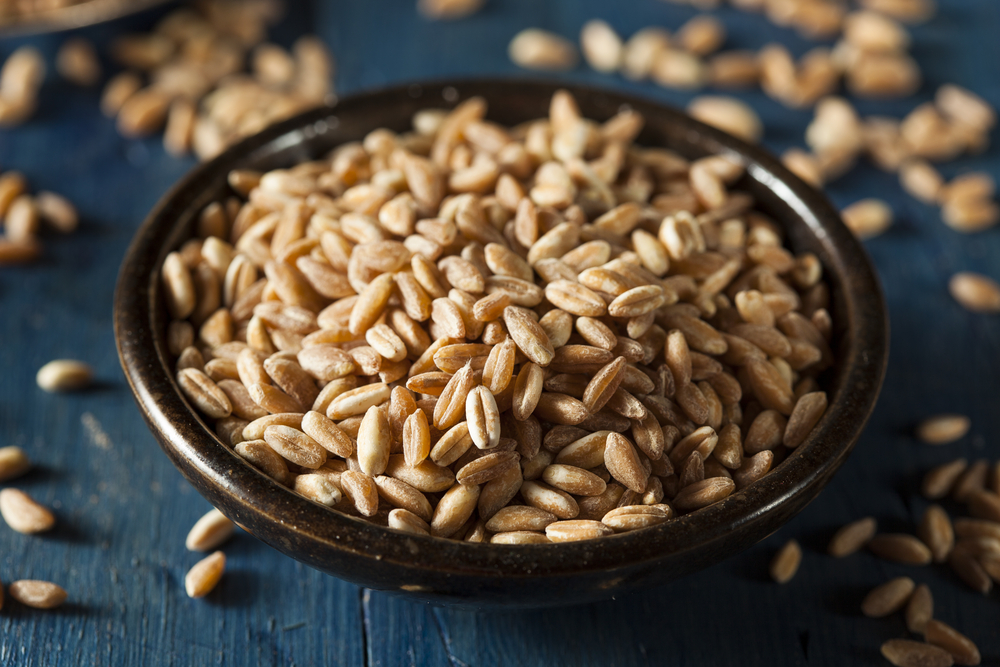
Farro is an ancient whole grain that has a nutty flavor and chewy texture. It is high in fiber, which helps slow down the digestion and absorption of carbohydrates, ensuring a steady release of energy. Farro is also rich in complex carbohydrates, which provide a lasting source of energy, making it a great choice for people who need sustained fuel for long days.
Rich in protein and important nutrients like magnesium and iron, farro can support muscle function and promote overall vitality. It is also a good source of antioxidants, which can help reduce inflammation and support overall health. Farro can be used in salads, soups, or as a side dish to complement any meal, making it a versatile grain to help you maintain energy levels throughout the day.
Buckwheat
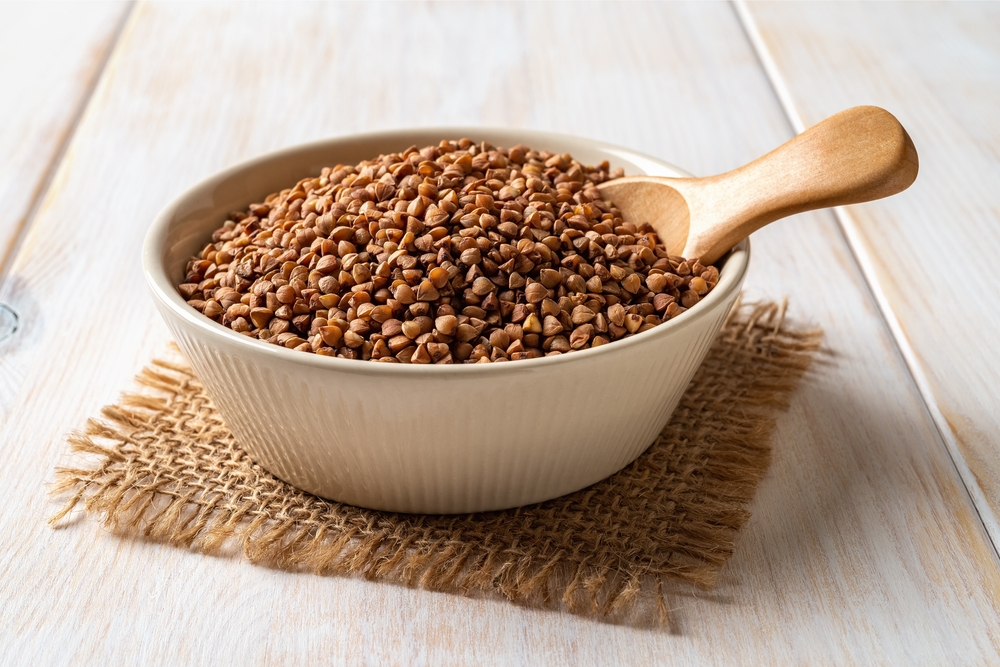
Despite its name, buckwheat is not a type of wheat but rather a seed from a plant related to rhubarb. It is a high-fiber, gluten-free whole grain that is known for its complex carbohydrates, which are broken down slowly in the body. This slow digestion process provides a steady release of energy and helps to stabilize blood sugar levels.
Buckwheat is also an excellent source of protein and antioxidants, including rutin, which supports cardiovascular health. It can be enjoyed in a variety of ways, from buckwheat pancakes to adding it to soups and salads. Whether as a breakfast option or a dinner side dish, buckwheat is a nutritious whole grain that supports lasting energy and overall well-being.
Teff

Teff is an ancient, tiny grain that is native to Ethiopia and packed with nutrients. It is high in fiber, which promotes slow digestion and the gradual release of energy, making it an excellent choice for sustained energy levels throughout the day. Teff is also rich in protein and essential amino acids, contributing to muscle repair and overall vitality.
This whole grain is a good source of important minerals such as calcium, iron, and magnesium, which support bone health, oxygen transport, and muscle function. Teff can be used to make traditional injera bread or added to porridge, soups, or baked goods. Its versatility and nutrient density make it a fantastic grain to add to your diet for lasting energy.
Spelt
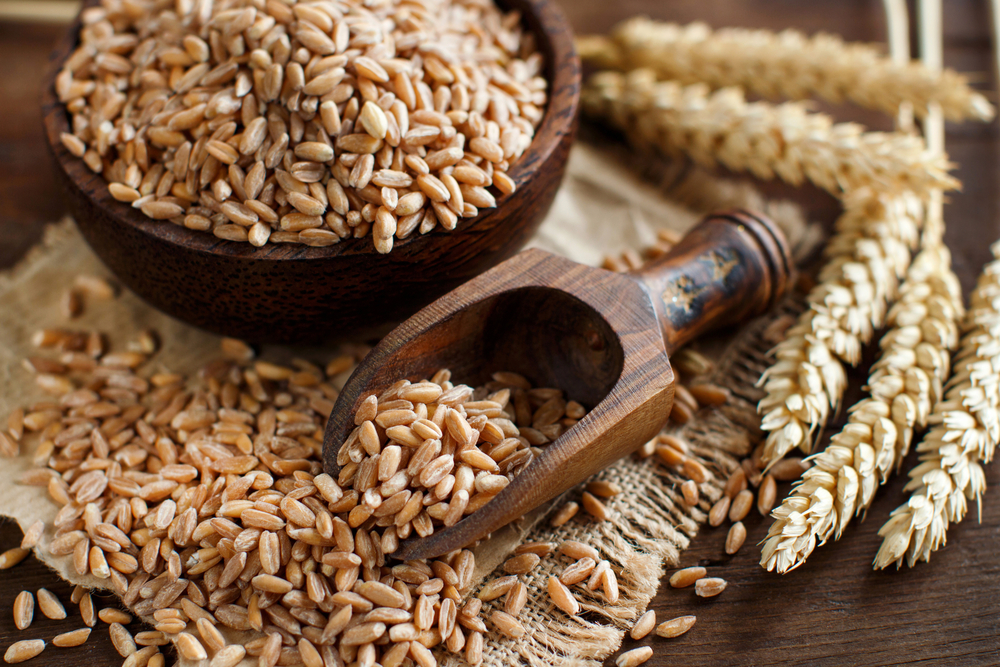
Spelt is an ancient relative of modern wheat, known for its nutty flavor and chewy texture. Like other whole grains, spelt is rich in fiber, which helps slow down the digestion of carbohydrates and provides a steady release of energy. Spelt is also high in complex carbohydrates, making it an excellent choice for those looking for longer-lasting energy throughout the day.
In addition to its energy benefits, spelt contains a variety of essential vitamins and minerals, including B vitamins, magnesium, and zinc. These nutrients play important roles in metabolism, immune function, and overall health. Spelt can be used in a wide range of recipes, from pasta to baked goods, providing both nutrition and sustained energy.
Rye
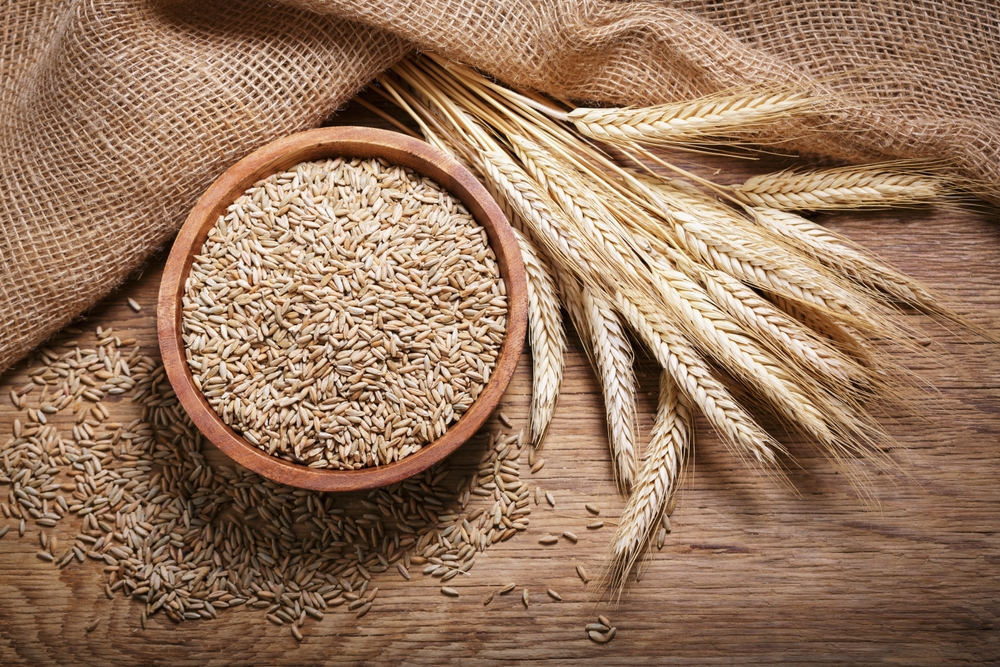
Rye is a nutrient-dense whole grain that is particularly high in fiber, making it an excellent option for sustained energy. The fiber in rye helps to slow down carbohydrate digestion, which results in a slow, steady release of energy over time. Rye also has a low glycemic index, which helps to prevent rapid spikes in blood sugar and energy crashes.
Rye is a good source of essential nutrients such as magnesium, manganese, and iron, which support overall health and energy production. It can be enjoyed in a variety of ways, from rye bread to crackers and salads. Including rye in your diet can help support energy levels and overall health, making it a great addition to your meals.
Amaranth
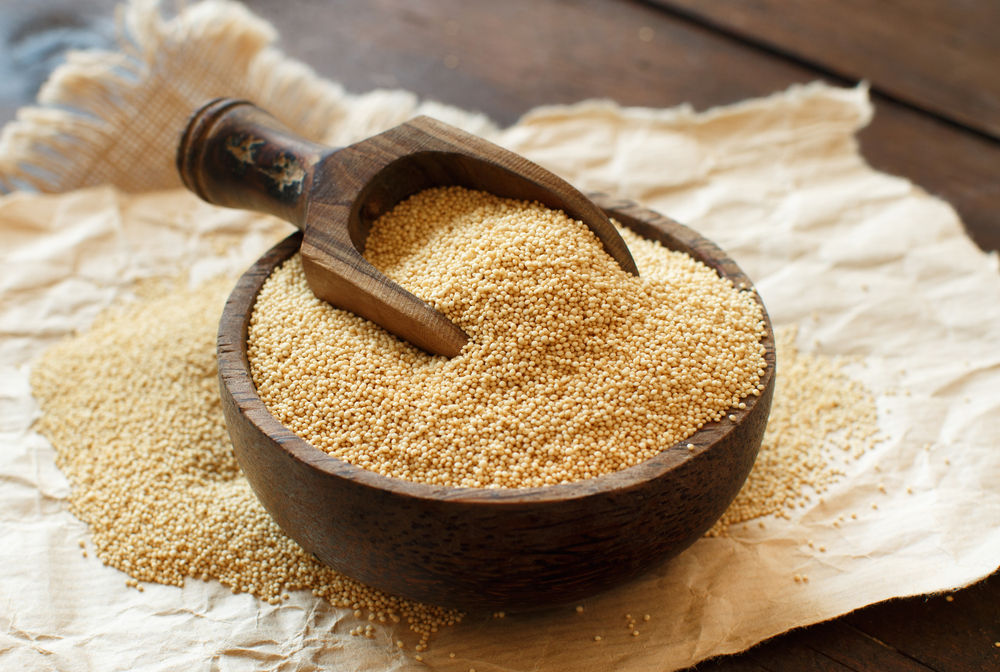
Amaranth is a tiny but powerful whole grain that is packed with protein, fiber, and essential nutrients. Its high fiber content helps regulate blood sugar levels, providing a slow and steady release of energy throughout the day. Amaranth is also a complete protein, containing all nine essential amino acids, making it an excellent choice for maintaining muscle mass and overall energy.
In addition to its energy-boosting properties, amaranth is rich in iron, magnesium, and calcium, which support oxygen transport, muscle function, and bone health. It can be used in a variety of dishes, including porridge, soups, or even as a substitute for rice or quinoa. Amaranth’s versatility and nutritional profile make it a great whole grain to include in your diet.
Wheat Berries
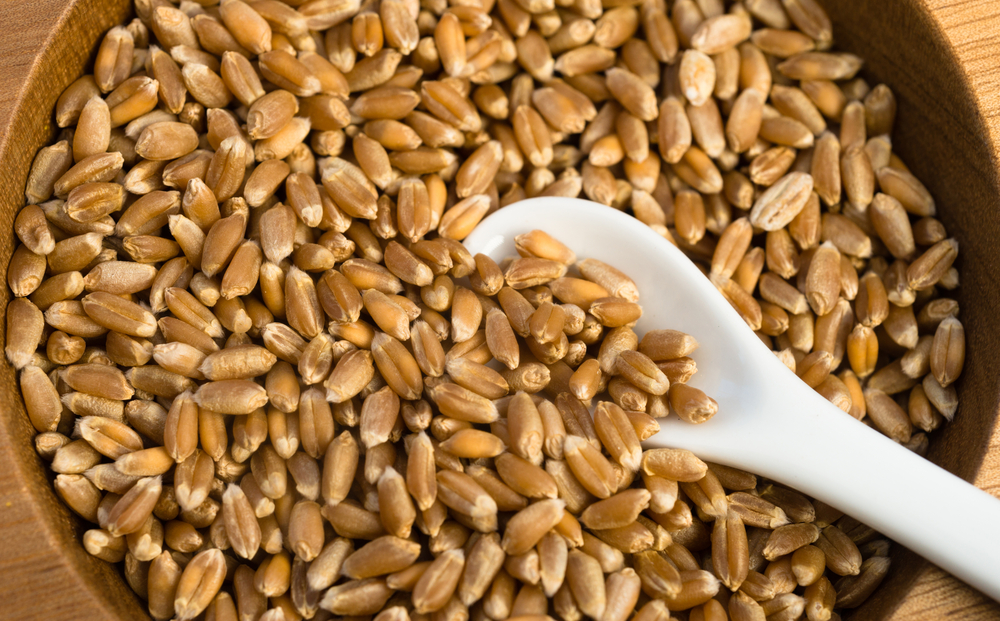
Wheat berries are the whole, unprocessed kernels of wheat and are an excellent source of fiber, which helps regulate blood sugar and provides a steady release of energy. The complex carbohydrates in wheat berries take longer to digest, which helps prevent sudden drops in energy and keeps you feeling full for longer periods. Their fiber content also promotes digestive health and overall well-being.
Wheat berries are packed with essential nutrients, including B vitamins, iron, and magnesium, which play key roles in energy metabolism and muscle function. They can be used in a variety of ways, such as in salads, soups, or as a substitute for rice in many dishes. Including wheat berries in your diet can help maintain steady energy levels throughout the day.
Bulgur
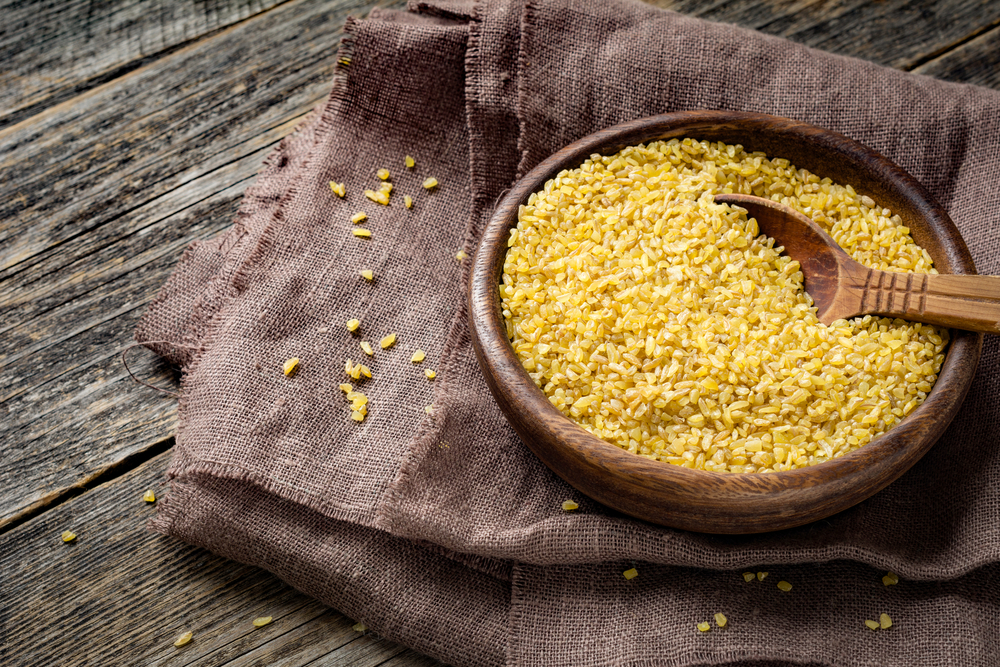
Bulgur is a quick-cooking whole grain made from cracked wheat. It is rich in fiber, which helps to slow the digestion of carbohydrates and provides a steady stream of energy throughout the day. The high fiber content in bulgur also helps with satiety, keeping you fuller for longer periods and reducing the temptation to snack between meals.
Bulgur is also a good source of protein and essential vitamins and minerals, including iron, magnesium, and B vitamins. It can be used in a wide range of dishes, such as tabbouleh, pilaf, or as a base for grain bowls. Bulgur’s versatility and nutrient content make it an excellent choice for anyone seeking sustained energy.
Freekeh
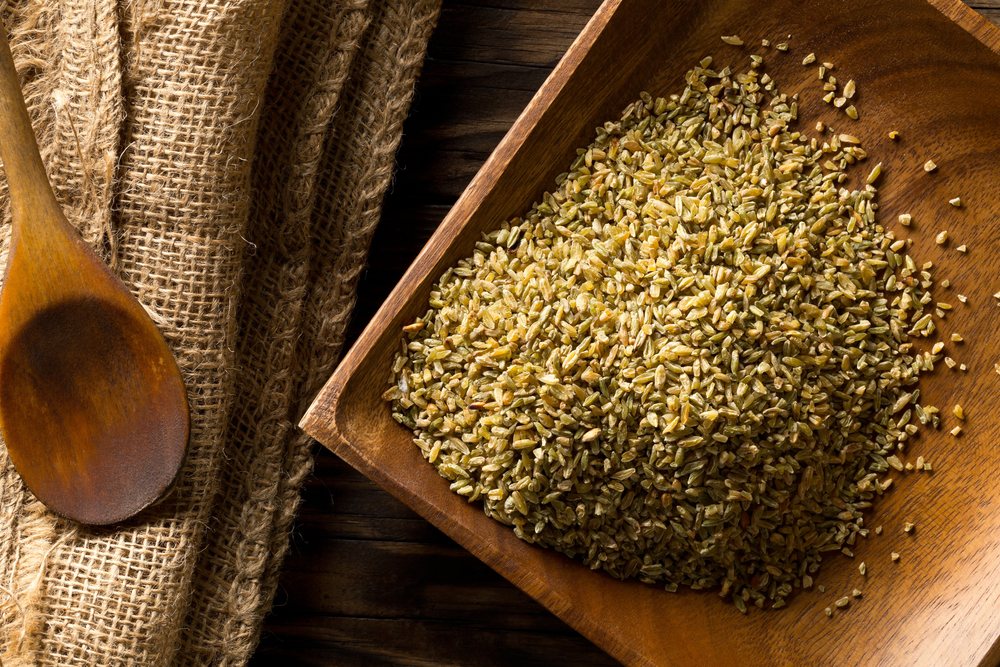
Freekeh is a whole grain made from green durum wheat that is harvested while still young, giving it a slightly smoky flavor. It is high in fiber, which helps slow the digestion of carbohydrates, gradually releasing energy throughout the day. The complex carbohydrates in freekeh offer lasting energy, making it an excellent addition to any meal.
Freekeh is also rich in protein, iron, and magnesium, which support muscle function, oxygen transport, and overall vitality. It can be used in a variety of dishes, including soups, salads, and grain bowls. With its high nutritional value and unique flavor, freekeh is a great whole grain for sustained energy to incorporate into your diet.
Chia Seeds
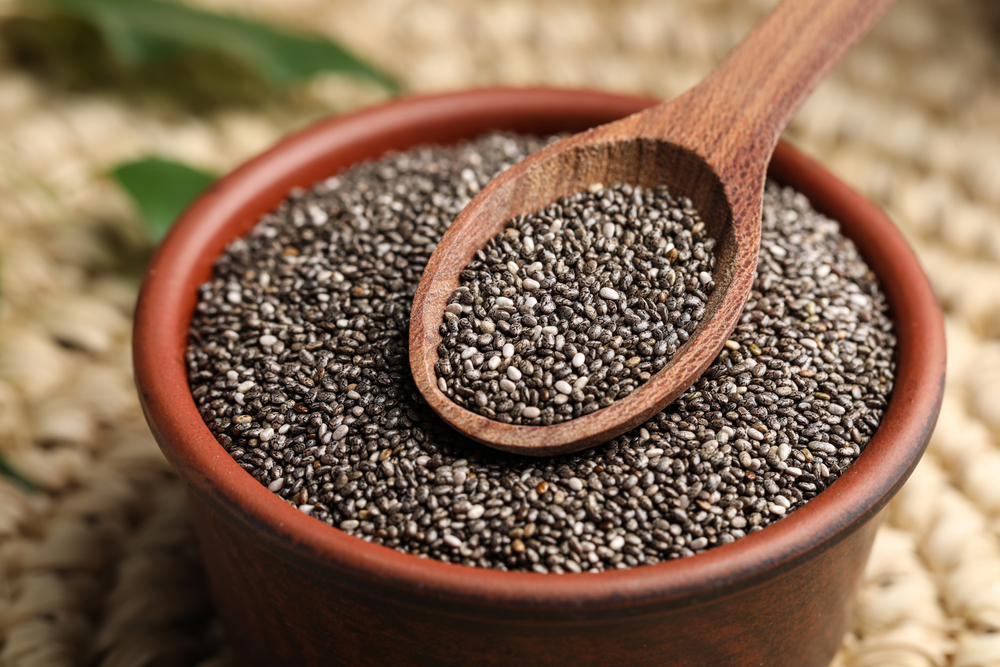
While chia seeds are often classified as a seed, they are considered a whole grain due to their fiber and nutrient content. Chia seeds are packed with soluble fiber, which helps slow the digestion of carbohydrates and maintain steady blood sugar levels. This provides a steady release of energy and helps keep you feeling fuller for longer.
In addition to fiber, chia seeds are rich in omega-3 fatty acids, protein, and antioxidants. These nutrients play important roles in energy metabolism, reducing inflammation, and supporting heart health. Chia seeds can be added to smoothies, oatmeal, or used as an egg substitute in baking, making them a versatile and energy-boosting addition to your diet.
This article originally appeared on Avocadu.
